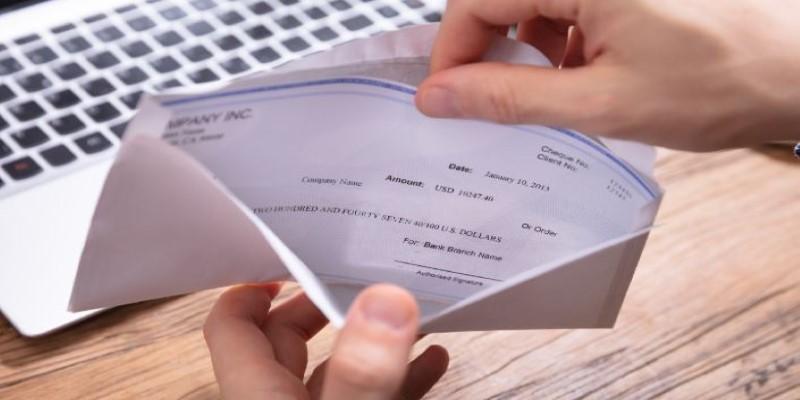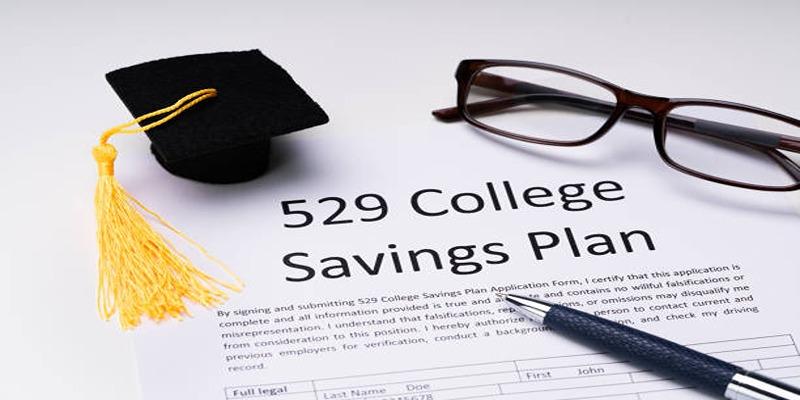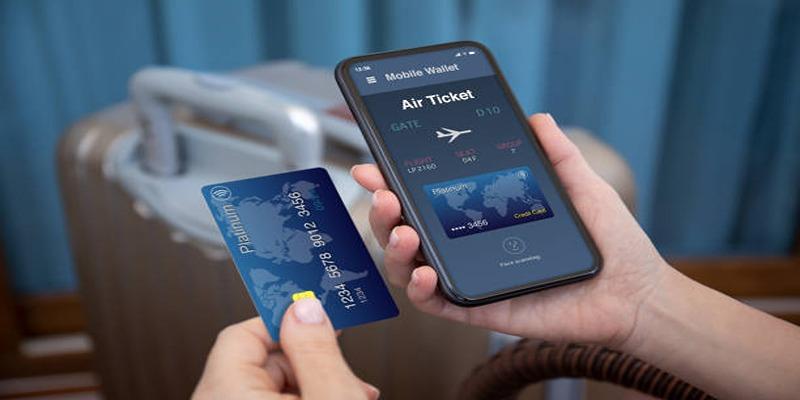Many people only think about their checking account number when setting up direct deposit, paying bills online, or linking their account to a financial app. The common assumption is that you need a paper check to locate the number, since it appears along the bottom beside the routing number.
But in reality, many people no longer use checks, and some never had a checkbook to begin with. Fortunately, banks provide several other ways to access this information that are both secure and convenient, so you’re never stuck waiting on a physical checkbook.
Checking Your Bank’s Online and Mobile Tools
The most convenient place to look is your bank’s online or mobile banking system. When you log in, your account overview page usually shows every account you hold, along with basic details. If the full account number doesn’t appear immediately, selecting the account often reveals it under “account details” or “information.” Some banks partially hide the number for security, requiring you to click “show full account number” and confirm your identity with a password, code, or fingerprint before it is displayed.
Mobile apps make this process quick, as most people already use their phones for everyday banking. In many cases, you can open the app, select your checking account, and view the account and routing numbers side by side. This is especially useful if you're setting up a payment or deposit on the go. Some apps even let you copy the numbers directly to your clipboard, saving time and reducing the chance of typing errors.
Online banking systems are updated frequently with security protections like timeouts, encryption, and multifactor authentication. This means you can confidently view your account information without worrying that it’s exposed. For those who have multiple checking accounts at the same bank, online tools also make it easier to differentiate between accounts without relying on paper statements or calling customer service.
Using Statements, Documents, and Cards
If you prefer a more traditional option, your monthly bank statements are a dependable source. Whether mailed to your home or downloaded digitally, statements almost always list your checking account number near the top of the document. If you’ve chosen electronic delivery, logging into your bank’s website will allow you to download PDF statements, which will display the account number along with a detailed record of your transactions.

Account-opening documents are another reliable place to check. When you first open a checking account, banks typically provide a packet that includes your account number, routing number, and sometimes instructions for direct deposit. If you’ve kept these in a drawer or stored digital copies, they can save you the trouble of searching through apps or calling your bank.
Some people wonder if a debit card reveals the account number. While debit card numbers are not the same as checking account numbers, the paperwork that comes with a debit card often contains both. This isn’t consistent across all banks, so it shouldn’t be your only option, but it can be helpful if you’ve kept the original materials. For accuracy, always cross-check this information with official bank communications or secure online platforms.
Paper sources may feel outdated, but they remain practical in situations where internet access isn’t available. For example, if you’re filling out forms at an office that requires your checking account number, having a printed statement or document in your folder can be just as handy as pulling out your phone.
Contacting Your Bank Directly
Sometimes the simplest option is to ask your bank directly. If you call customer service, representatives can provide your checking account number after confirming your identity. To do this, they may request personal details like your date of birth, Social Security number, or the amount of a recent transaction. This security process ensures the information doesn’t fall into the wrong hands.
For people who prefer in-person service, visiting a branch is equally effective. Bringing a government-issued ID is usually enough for staff to locate your account. Once verified, they can print the account number on official documentation for you to keep. Some people appreciate this method because it offers a physical copy, reassurance that the information came directly from the source, and the chance to ask related questions while at the branch.
Customer service can be especially helpful for anyone managing joint accounts. If more than one person uses the account, the bank will confirm the caller’s authorization before providing details. While this can take a few extra minutes, it ensures that sensitive financial information remains private.
It’s worth mentioning that customer service can help in emergencies, too. For example, if you need to set up direct deposit quickly after starting a new job and don’t have access to checks or statements, calling the bank is often the fastest way to get what you need.
Why Knowing Your Account Number Matters?
Your checking account number acts as the key identifier that directs money into and out of your account. Without it, you can’t set up payroll direct deposit, receive tax refunds, or authorize electronic bill payments. It’s different from your debit card number, which only applies when making purchases with the card itself.

Because it’s sensitive information, always be cautious about where and how you share your account number. Only provide it to trusted companies, employers, or institutions that need it for legitimate financial transactions. Keeping track of where you’ve shared it helps prevent confusion or unauthorized use.
If you lose access to your account number, it doesn’t mean you’re locked out of using your checking account. Banks recognize that customers misplace documents or rarely use checks, so they’ve created multiple backup ways to retrieve this number safely.
Conclusion
Finding your checking account number without a check is simpler than most people think. Online banking platforms and mobile apps usually reveal the details in just a few steps, making it quick and convenient. Paper statements and account-opening documents act as reliable backups when digital access isn’t an option. If those aren’t available, contacting your bank by phone or visiting a branch ensures you receive the information securely. Having your checking account number ready helps streamline deposits, payments, and digital services, keeping everyday money management smooth and stress-free.












